As tension builds over Ukraine, Norway grows increasingly worried about neighboring Russia
In any broader conflict between Russia and NATO, Norway's location near Russia's Northern Fleet bases means it would be especially vulnerable.
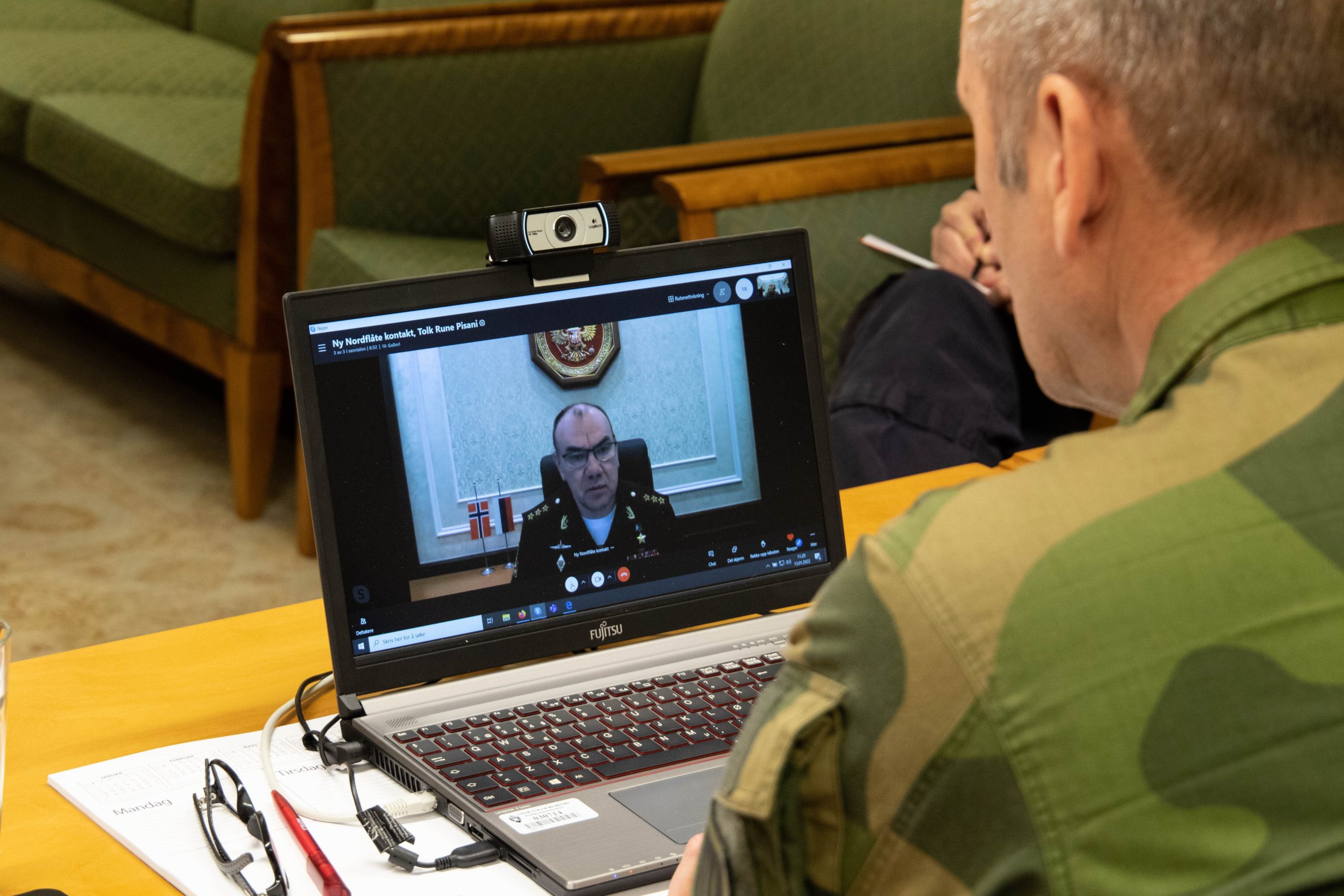
Before you begin to read this story, you may wish to look up the Russian naval base at Gadzhiyevo in Russia’s Arctic northwest on Google Earth.
This will help to illustrate why Norway is particularly worried about the current standoff with Russia over Ukraine and the prospect of a possible armed conflict there.
At Gadzhiyevo, and at the main naval base of Severomorsk — which are both very close to Norway — one can zoom in directly on the nuclear submarines and naval vessels of Russia’s Northern Fleet. They are blurry but visible like steely eels to anyone with a laptop.
The Northern Fleet is the largest and potentially most lethal hammer in Russia’s arsenal, its ultimate means of foreign policy pressure.
In the fjords on the coast of Russia’s Kola Peninsula just east of Russia’s Arctic border with Norway lies the core of the nuclear arsenal that Russia sees as its final instrument of nuclear deterrence or balance of power with the United States and its NATO allies.
Norway’s particular pain comes from an understanding that increased tension or actual conflict in Ukraine will sharpen Russia’s desire to protect this nuclear arsenal — and that this might lead to unwanted fallout in Norway.
[A Russian incursion into Ukraine will likely affect the Arctic — but exactly how is unclear]
The authorities in Oslo are understandably cautious not to create unnecessary public fear and apprehension in Norway — which might increase the effect of any further Russian moves to destabilize Norway’s resolve — but in January prime minister Jonas Gahr Støre aired his concerns in an interview with The Times in London.
The prime minister said that Russian-backed hackers were already targeting Norway’s government institutions; his government’s computer systems had been badly hurt by an outage.
“Cold winds blowing in the Arctic often spill over from other geopolitical conflicts. Today those cold winds are coming out of Ukraine,” he said. “I am very concerned about it. We now experience hybrid operations, sometimes aimed at companies and technological research, but also [at] key institutions such as the Storting.”
Norway’s parliament, Stortinget, was targeted by hackers in 2020 and 2021 while radio-jamming has hampered air traffic in the vicinity of Norway’s Arctic border to Russia several times.
Great power thinking
To understand the underlying currents, I called Tormod Heier, a lieutenant colonel who serves as a professor at the Norwegian Defense Command and Staff College and knows intimately the depth of Norway’s worries:
“Luckily, we are not at that point yet, but the Norwegian authorities fear that in the event of a war in Europe that involves a NATO country, Russia will move troops into northern Norway and onto (the Norwegian islands of) Svalbard, Bear Island and Jan Mayen because Russia will need greater strategic depth and room to shoot down U.S. missiles before they hit the base complexes on the Kola Peninsula or the government structures in Moscow,” Heier explains.
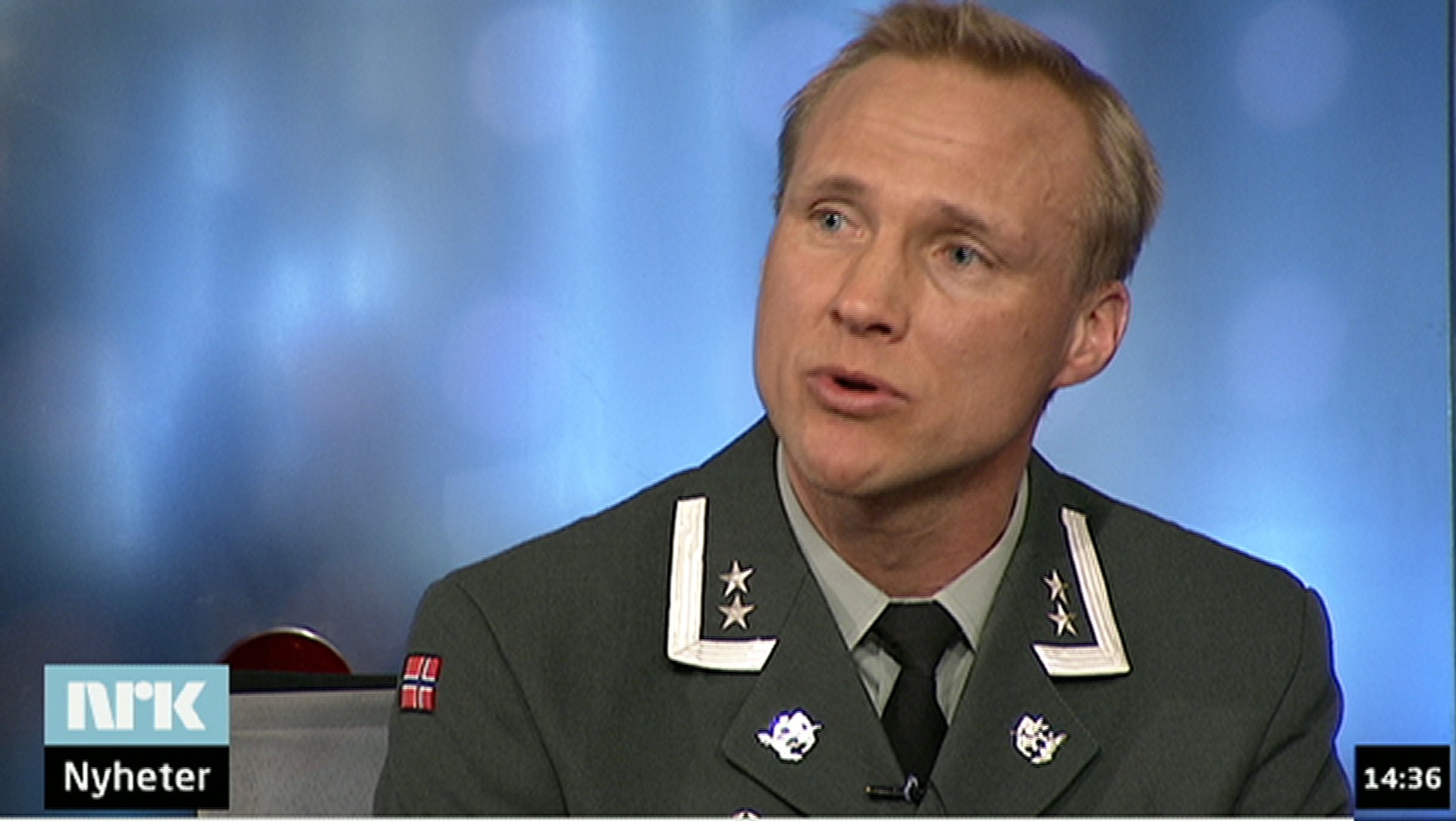
In anticipation, Norway has assumed a larger role in the military developments in the Arctic, and not surprisingly, Russia has made known its displeasure with the close military cooperation between the U.S. and Norway and with the growing number of U.S. military assets in Norway. From the Russian perspective, the enemy is moving far too close for comfort to its nuclear arsenals and to Moscow — precisely as Russia fears its adversaries will move closer to Russia in Ukraine, if Ukraine becomes a NATO country.
Modern U.S. missiles can reach Moscow in seven to 17 minutes, says Heier – whether from Ukraine or Norway:
“It is classic great power thinking. In a conflict situation you need room to move and act and that means that your counterpart must be kept as far away as possible. The U.S. would think in exactly the same way if Russian missiles were in place in Cuba or in Mexico,” he says.
Wrong path?
Heier has just published the very timely and lucid book: “En randstat på avveie? Norges vei inn i den nye kalde krigen 2014-2021” (”A Border-State on the Wrong Path? Norway’s Way Into the New Cold War” 2014-2021, only in Norwegian).
He explains to me why Oslo has been so eager to move personnel and military equipment closer to the border with Russia in recent years. Norway wants an alarm so fool-proof, that it simply cannot fail. Any Russian incursion onto Norwegian soil must be immediately followed by fighting so heavy and calamitous that no one in Washington or at NATO’s headquarters in Brussels will consider for a second not throwing themselves at Norway’s defense.
“What our authorities fear the most is a fait accompli where Russian soldiers are suddenly operating in northern Norway without causing any U.S. or NATO reaction,“ Heier says. In his book he calls this scenario “a conflict too big for Norway but too small for NATO.” One can envision northern Norway violently transformed into some sort of Scandinavian Crimea: occupied by Russian troops and the subject of heated global protests, but without any military response from any western power.
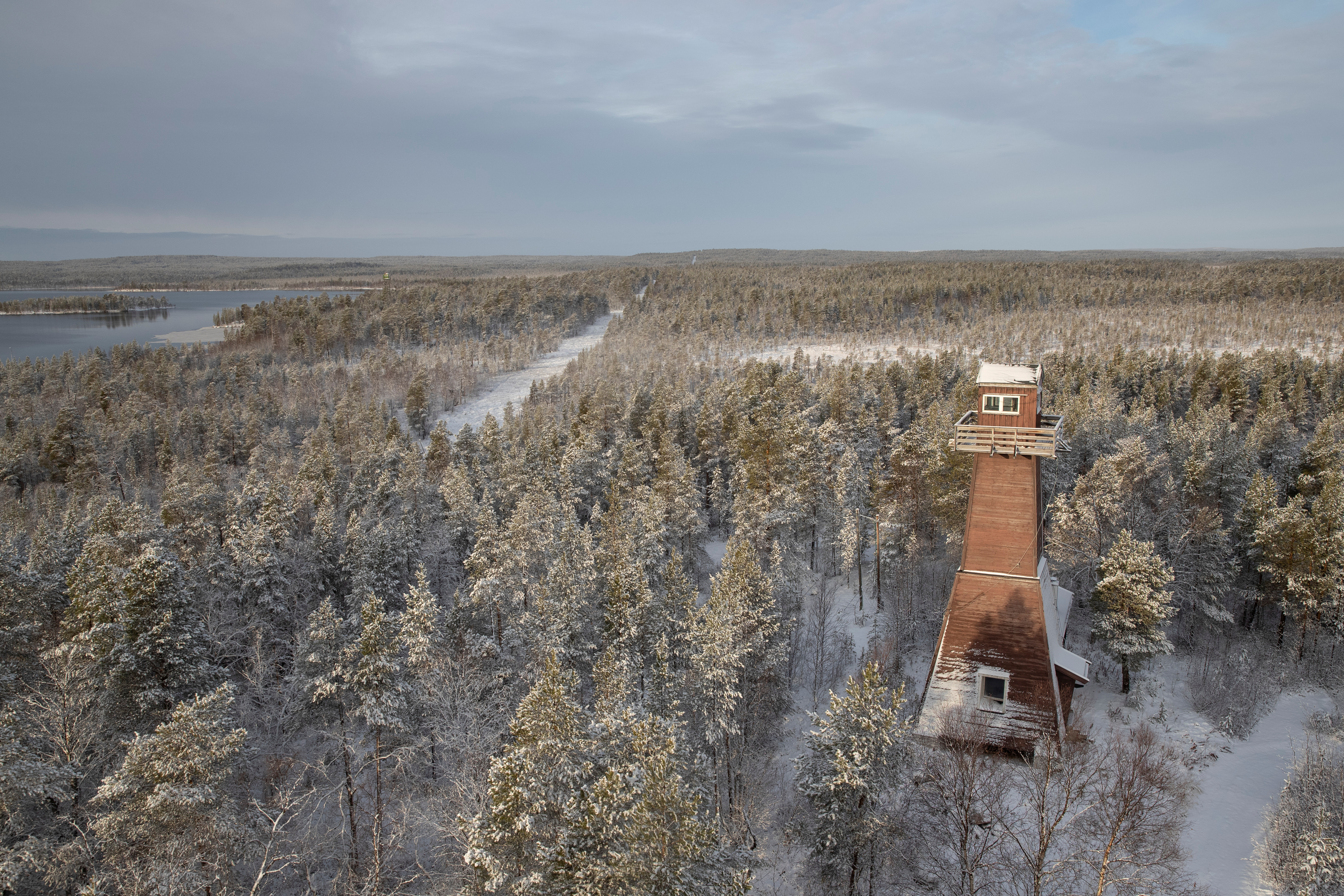
Heier stresses that this is absolute worst case scenario — hopefully never to be realized. But something less dramatic may also hurt:
“We want to stand up and be counted right alongside the U.S. when it comes to the sovereignty of Ukraine and its right to choose its own alliances, but for Norway it is also important to avoid further tension with Russia,” he says.
“Norway does not want a militarization of our North, our strategically most important regions, where we haul in the enormous amounts of oil, gas and fish that make Norway one of the richest countries on Earth.”
Stronger defense
In his book Heier poses difficult questions about Norway’s ever more intensive partnership with the United States. It is not all parts of the U.S. military presence in Norway that are in Norway’s own national interest, he finds. In his book, he explains that when the U.S. military moves so close to Russia’s nuclear bases that it causes Russia to further boost its own military in the waters, skies and territories closest to Norway, it has no positive effects in Norway.
“Norway sees Russia as a difficult, but legitimate and necessary collaborative partner in the North, while the USA most of all sees a strategic competitor and rival,” he tells me.
His point is that while increased Russian jitters in the North, caused by U.S. maneuvers ever closer to Russia’s bases, may not cause any immediate trouble back in the U.S., Norway may experience plenty of unwanted Russian reactions.
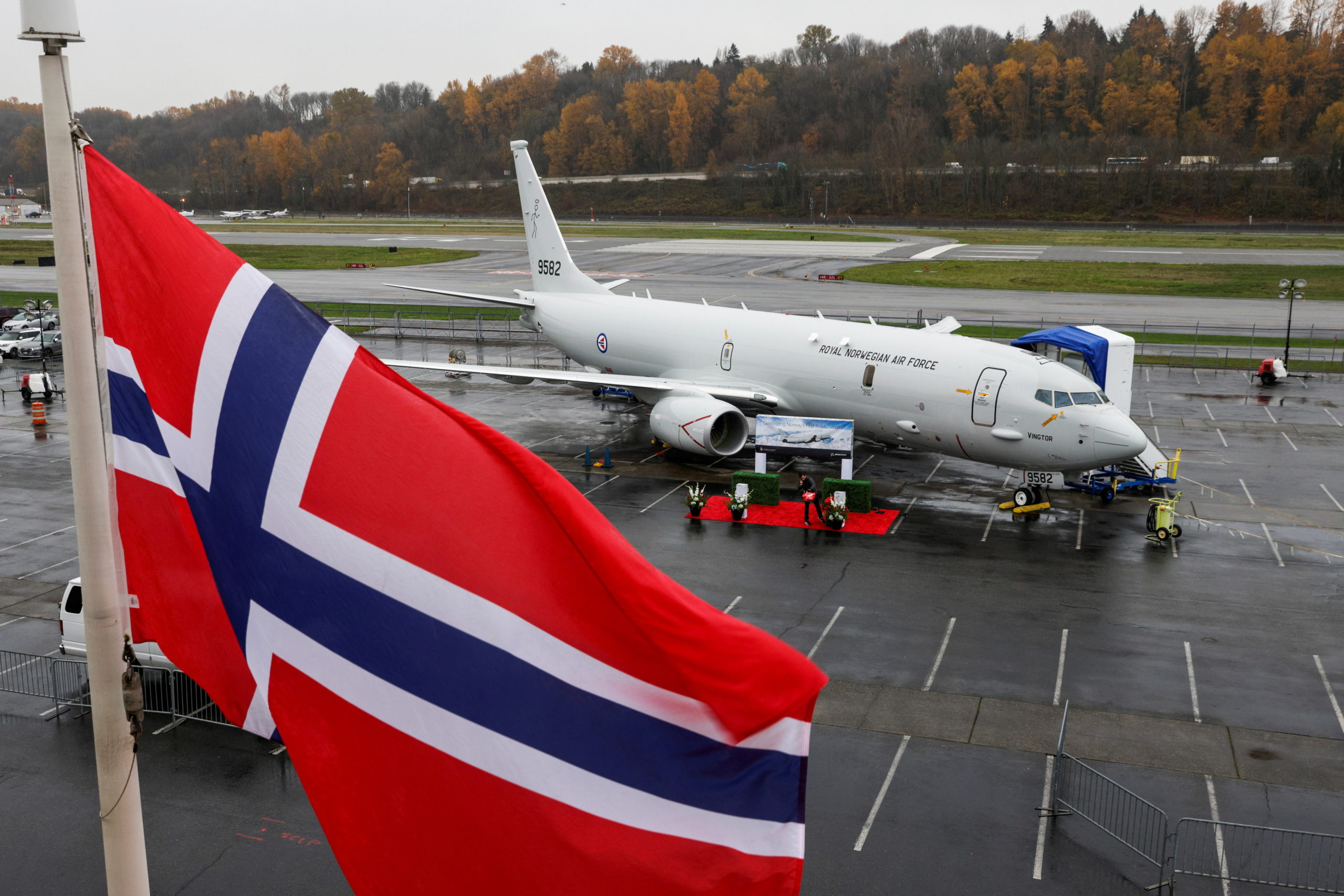
Heier argues for a much stronger Norwegian defense that would enable Norway to operate more forcefully on its own in the regions closest to Russia, thus dampening U.S. wishes to do the patrolling with U.S. planes and vessels.
“If the U.S. and Russia continue to militarize the North, it will create greater risks of mistakes, misunderstandings and unwanted clashes. This could have very adverse consequences for Norway,” Heier says.
“Military leaders will gain more influence. Politicians will find it harder to maintain control. Mistrusts among the countries will grow, diplomatic channels close and the security margins disappear. That is what we fear: A conflict between the great powers escalating in the midst of our northern regions, because the crisis is not handled in our Norwegian, more cautious ways.”
Two-legged strategy
Meanwhile, Norway continues to increase its cooperation with the U.S.
Støre met recently with U.S. President Joe Biden in Washington to talk Russia.
Norway’s strategy towards its Russian neighbor has rested for decades on two legs: A strong military capacity for immediate response to any Russian aggression but always coupled with never-ending, pragmatic dialogue and cooperation with Russia: Fish stock management, environmental protection, civilian exchanges, border-region collaboration and so forth.
Norway and Russia have been neighbors for an eternity and as Norway’s leaders have been keen to stress no wars have been fought between the two for more than a thousand years.
[Russia calls for military meetings between Arctic states]
Also importantly in this context — and as any Norwegian will know — Russian soldiers have been in northern Norway before. At the close of World War II, when Norway — and its northern regions in particular — were bloodily occupied by forces from Nazi Germany, Soviet troops crossed Russia’s Arctic border into Norway and pushed the Germans out. The Soviet troops liberated northern Norway and soon after withdrew peacefully to positions on their own turf. Russia had no wish then, and has shown no intentions since, to violate Norway’s sovereignty.
Military build-up
As Heier points out in his book, however, a serious military build-up in Russia’s Arctic in recent years has coincided with an equally serious deterioration of Russia’s relations with the West — and the military leg of Norway’s Russia-strategy has grown visibly longer than that of dialogue and pragmatism.
Norway collects intelligence on Russia with sophisticated equipment and financing from the U.S. In 2017, Norway received the first of 40 F-35 fighter planes bought in the U.S., planes that are suited to operate side-by-side with the U.S. Air Force. From 2017 to 2020, several thousand U.S. marines were rotated in and out of Norway on six-month training tours. In September 2020 ,U.S., British and Norwegian warships cruised along Norway’s northern coast and then crossed into Russia’s economic zone — right outside Severomorsk, the main base of Russia’s Northern Fleet. The ships remained in international waters, and therefore wasn’t a breach of international conventions, but it was still a signal as tall as Russia’s own snowiest peaks that the U.S. presence in these parts is expanding.
This year, Stortinget, the parliament in Oslo, is expected to ratify an arrangement with the U.S. which will allow U.S. forces unhindered access to build and station troops, fighter planes, ships and munitions at four Norwegian bases, two of which are in Norway’s Arctic.
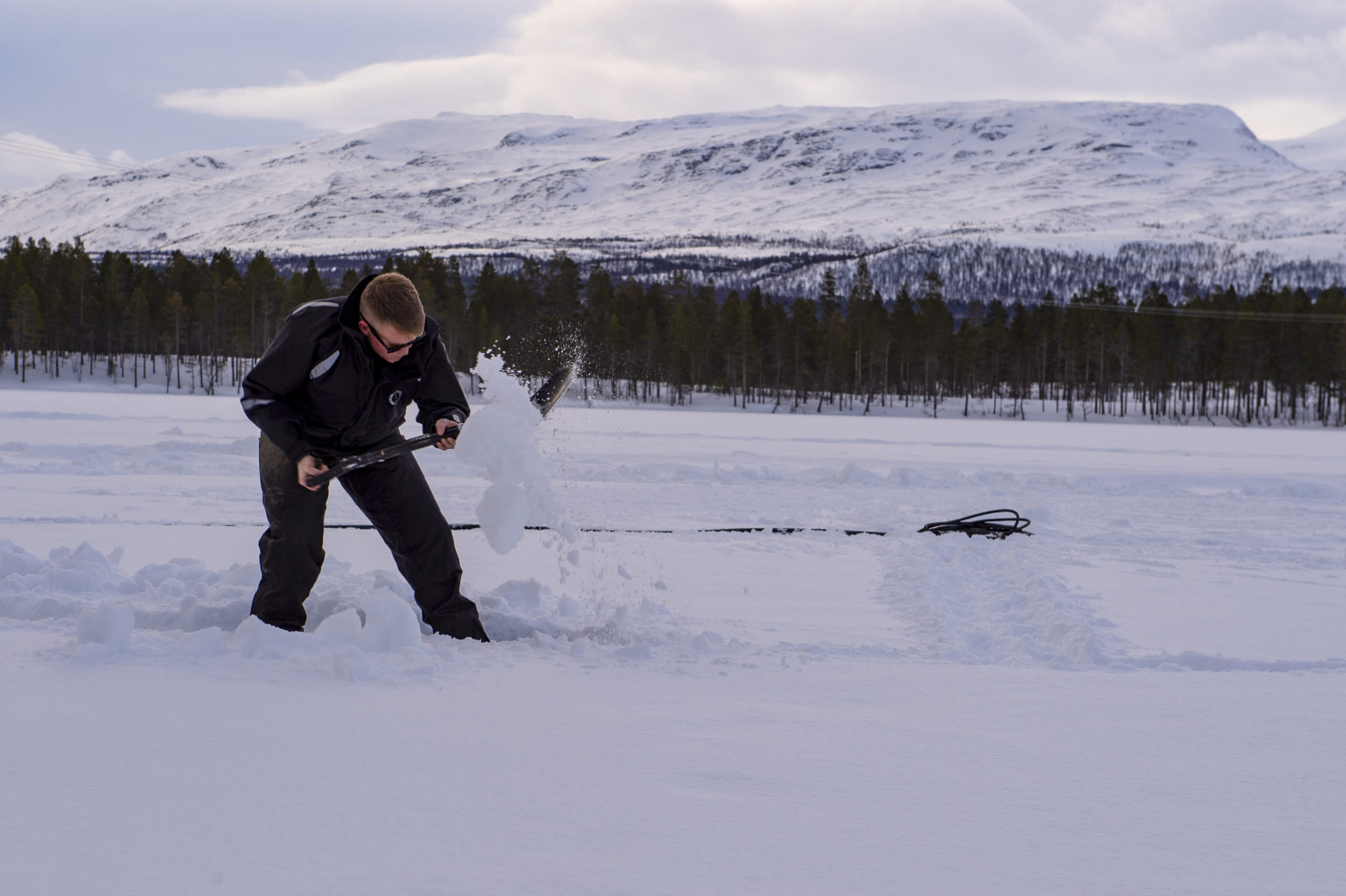
Come March this year, some 35,000 NATO troops, bolstered by the U.S. aircraft carrier USS Harry Truman and the British carrier HMS Prince of Wales will take part in Cold Response 2022, a bi-annual military exercise in Norway. Much of this will take place within easy shooting range of both Gadzhiyevo and Severomorsk. A spokesperson at the Norwegian Joint Operations Headquarters told High North News that “this will be the largest Norwegian-led exercise conducted in Norway since the 1980s.”
Listening for subs
Any Russian observer would add to this, of course, the several U.S. and Norwegian P-8 Poseidon planes that are particularly equipped to track and destroy the Russian nuclear submarines — the very cornerstone of the nuclear arsenal of the Northern Fleet.
U.S. Poseidon planes, until recently operating from an airstrip at Andøya, an island 300 kilometers north of the Arctic Circle, have recently been paired with the first of five similar planes which Norway bought in the U.S.
These highly sophisticated planes may for instance be called into action by news from the sensor-rich cables that Norway’s defense forces operate on the seabed north of Norway as part of a 24-hour look-out for Russian submarine activity.
“Norway is an important listening- and warning-post for the U.S. We have sound profiles on basically all Russian submarines and we try to find out which crew are operating and when they plan to travel,” Heier says.
[A year into Biden’s presidency, U.S. military plans for Greenland remain unclear]
Russian submarines departing from Kola Peninsula bases must sail for about 20 hours in the relatively shallow waters of the Barents Sea parallel to Norway’s northern coastline before they can hide in the much deeper Atlantic Ocean. Thus, for many hours close to Norway the submarines are particularly vulnerable, and while the whole world is watching what happens in Ukraine, mobilization continues in the North.
On the last day of 2021, Russian President Vladimir Putin announced that the Northern Fleet had successfully test fired a number of the so-called Tsirkon missiles, the hypersonic missiles that are the latest and fastest ever in Russia’s command, and that this missile was now installed on both frigates and submarines of the Northern Fleet.
As I write this, the Northern Fleet is completing a highly visible exercise in the Barents Sea — even as other units of the Russian Navy do so in the Baltic Sea, the Mediterranean, the Pacific and the Sea of Okhotsk.
Danish journalist/author Martin Breum is a frequent contributor to ArcticToday. His latest book Grønland og den amerikanske forbindelse (“Greenland and the American connection,” available in Danish only) was published last fall.